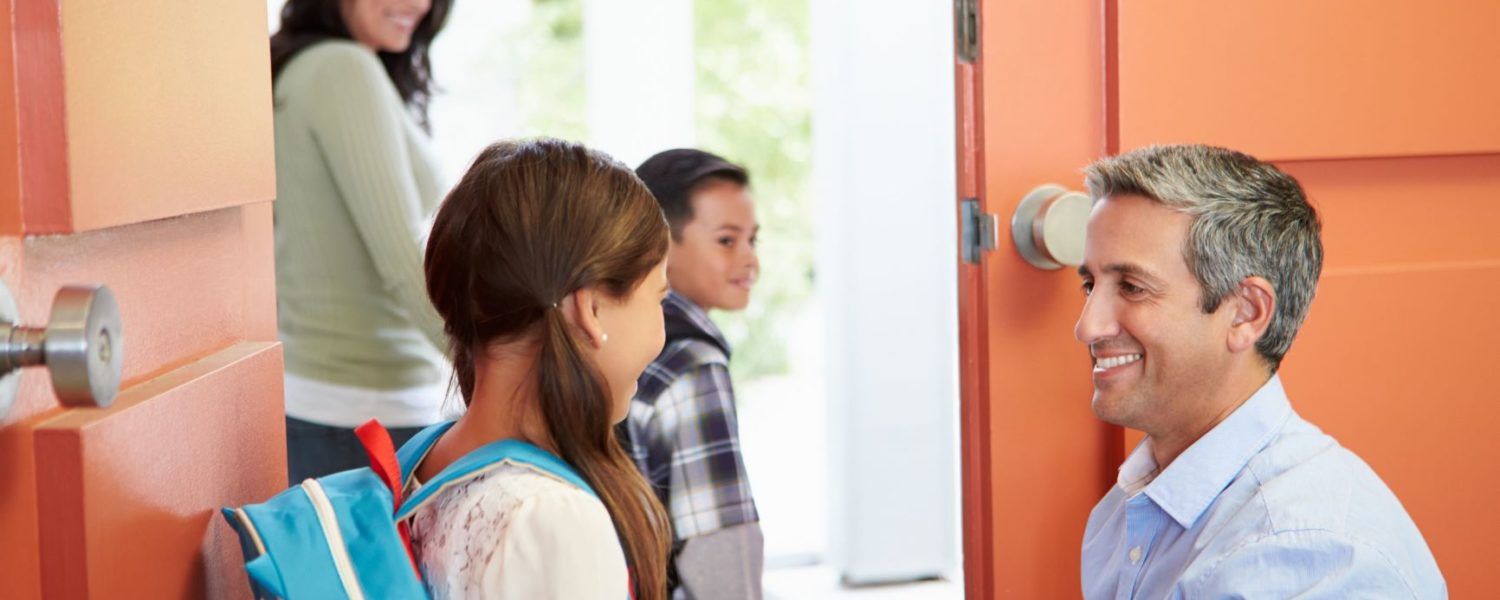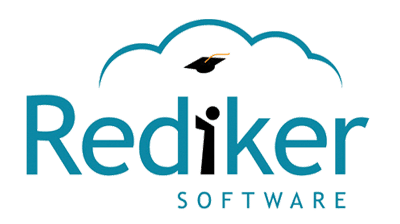By Jana Rankin
Contact tracing has emerged as one of the most recognizable terms of the COVID-19 pandemic, but the actual practice has long been used to unravel complex human interactions and recreate them within specific parameters such as location, duration, or physical proximity.
While we are all aware that health officials are applying contact tracing methods to monitor the spread of illnesses, such as COVID-19 or the flu, other uses may be less well known. Industries trace the path of potential exposure to dangerous substances in order to protect their workers and the public at large. Mining companies rely on contact tracing to locate and safeguard workers prior to tests or following emergencies. Law enforcement agencies use contact tracing during dangerous investigations of organized crime, to smaller crimes such as petty theft and vandalism.
Schools trust contact tracing to monitor the safety of visitors, students and staff, as well as high-value assets such as laptops, tablets, televisions, and projectors.
At its heart, contact tracing is an effective way to gain insight into a situation, be it illness, theft or emergency, and aid decision makers in identifying options to resolve it. There is no doubt that it is helping to curb the spread of COVID-19; however, its value extends well beyond the current pandemic. Contact tracing can bolster other vital functions, such as security on school campuses.
The Challenges of Contact Tracing
Until recently, the only way to contact trace was to personally interview as many people as possible, after an incident occurred. However, relying on the memory of individuals to connect the dots, especially following a stressful emergency, has obvious flaws: It only takes one missing detail to break the web. It is also challenging to adequately trace excessively populated areas, such as cafeterias, and athletic stadiums.
Further, there is a limited window of time in which to minimize the impact of an emergency or contain the outbreak of an illness. Interviewing people to determine how an incident occurred is a race against time with inconsistency and inaccuracy as the breaking point.
Rather than measuring an end result, what if contact tracing could be used to help prevent a potential emergency, solve a criminal act or stem the spread of disease?
Digital Contact Tracing
Digital contact tracing uses electronic information to identify the parameters you have programmed it to monitor, such as exposure to infection, movement of equipment or valuables, or location and concentration of people. It does not suffer from the limitations of traditional human contact tracing, such as scalability, memory, notification delays, and contact identification in public spaces.
Currently, digital contact tracing platforms fall into one of three categories.
South Korea and China have adopted the strongest and most invasive approach, which involves the use of security camera footage, financial transactions and cell phone location data to involuntarily collect personal information. However, lack of participant consent and other infringements on privacy make these solutions unacceptable in the United States.
On the lower end of the scale, Apple/Google have developed a voluntary approach to digital tracing called privacy-preserving proximity tracking (PPPT) that relies on mobile applications (apps) that can be downloaded by users on an opt-in basis.
A third approach finds the middle ground between the two by augmenting human contact tracing with the collection and storage of personal data, including location, on a user’s digital device, which he/she can choose to share voluntarily.
Digital Contact Tracing in K-12 Schools
It is clear that contact tracing will be a major component of strategies to reopen school campuses this fall, mainly as a result of the COVID-19 pandemic.
In speaking with schools across the country, the key factors driving uncertainty over whether or how to incorporate contact tracing into an overall security program are the constantly shifting state and federal health guidelines, tight budgets, limited staff and resources, and concerns over campus security and privacy.
There are myriad benefits to performing contact tracing on school campuses. When balancing limited resources with the need for a contact tracing program, a school would be best served by a comprehensive solution that was not built in the last three months just to respond to this current pandemic.
A proven technology that can be incorporated into all disaster and emergency response planning for a school campus is a far more efficient investment of money, time and resources.
An effective contact tracing solution does not necessarily require the installation of expensive new hardware. By utilizing equipment that is already on campus, you can reduce both initial and future operating and maintenance costs.
Since most school campuses today have WiFi networks, a system that leverages that existing infrastructure not only lowers overall costs, but can reconstruct the movement of any device that enters a school campus without relying on students, faculty, staff or visitors to install an app, a critical fail point of app-reliant solutions.
A contact tracing system needs to be flexible enough to accommodate not only the continually shifting requirements for tracing, but the kind of tracing you conduct, as well. The ability to adjust the query parameters of a trace will enable schools to adapt to future health requirements, while also applying contact tracing technology to emergency situations such as fires and campus intruder alerts.
Data privacy is of utmost concern to Americans and a critical component of contact tracing. Securing your data is the key to protecting students, staff, faculty, and visitors on campus. Some contact tracing technologies share data in real-time with other entities.
Your data should be your data to control how long it is stored, how it is archived, and whether it is released to any other entity. For example, this type of system would only allow a school’s head of health services to decrypt who was in contact with an individual who tested positive for COVID-19, but no one else on campus would be able to do so.
Two-way communication during emergencies on school campuses is another invaluable component of a comprehensive digital security platform. The ability for students, faculty and staff to communicate with school administrators, reporting not only what they are seeing but also where they are, and how to get to safety, streamlines emergency management procedures.
What if the platform could allow you to watch a building evacuation in real time as people exit and then know where to follow up to assist or rescue those that did not exit? Or assist law enforcement in the investigation of campus vandalism or theft of equipment? What if the technology could even help the facilities management department determine how much use a room or building is getting to better manage heating/cooling costs?
This is the kind of digital contact tracing and security platform that would best serve the needs of a K-12 school campus: one with a proven track record, that meets the multiple needs of the facilities, operations, safety, security and emergency response operations on campus, including, but not limited to, contact tracing.
A school should be a safety zone where our children feel secure and are able to thrive and focus on learning. A platform that leverages a school’s existing wireless infrastructure helps to maintain a welcoming and friendly environment without the need to change student, faculty or staff behavior with an app or other wearable device.
Understanding and monitoring all aspects of a school campus is critically important to properly safeguarding your most valuable assets.
Jana Rankin is the chief executive officer and co-founder of Vuteur, www.VuTeur.com. VuTeur is the market’s first Emergency Management and Asset Protection Solution built on Real-Time Location System (RTLS) technology. Integrated with your Access Control System, VuTeur provides a complete solution for your facility perimeter and everything within its walls.






